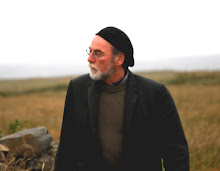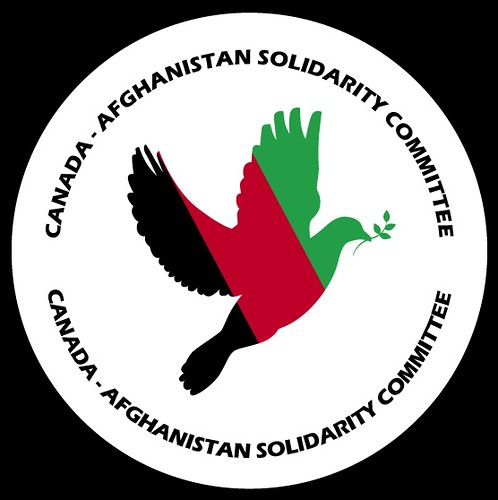Warsaw Ghetto, January 1943. Homs, Syria, August 2011: "NATO must help us."
Because the Baathist regime has closed Syria to the outside world, it has been nearly impossible to discern anything but the most opaque picture of the popular uprising underway in the country. All that can be said with any certainty is that the rebellion has been almost wholly non-violent, and the Baathist reaction has been savagely violent. At long last we have a first-hand account, in this alarming report from the journalist Wolfgang Bauer, now published in Zeit, just returned from Homs. The regime of Bashar al-Assad is waging an all-out war on the Syrian people.
In Homs, the streets are now shooting ranges. The authorities have converted 25 schools and warehouses into prisons. Tanks are stationed at intersections. The city's residents have barricaded their lanes with uprooted electricity poles and garbage bins; at night they switch off the street lights to make it harder for government snipers to take aim. Streaks of red gunfire and artillery light up the night sky as intelligence agents roam hospital corridors and kill suspected protestors in their beds - doctors all over the country have established underground hospitals and clandestine pharmacies in apartments. Every morning, the city tenses up. Soldiers travel in buses to take up their positions. Demonstrators fill the streets, but the protests last a few minutes before the army begins firing. In Homs, nearly half the people are Sunni, a fifth are Alawites, and the rest are Christians, Yazidi and Zaidi. Solidarity is breaking down. The cracks between the communities are widening each day.
"Homs now resembles Beirut in the 1980s, divided along ethnic and religious lines where it’s too dangerous for people to travel in a particular direction because they will be shot if they do so," Bauer reports. The conditions also present the most eerie and chilling echo of Warsaw, 1943.
Armed secret police are moving from door to door. Now and again, a volley of gunshots shatters the silence in the streets. Ahmed, who is in his mid-50s, steps out of his home straight-backed to conceal his fear. “They smell it,” he says. “They’re trained for that.” As Ahmed steps out, I, the visitor from abroad, flee to the back rooms of the apartment. Ahmed and Faten’s house is my hideout. The family elders have discussed and decided that they’ve decided to risk everything for me, their freedom and their lives so that this story can be written. “You must report!” Ahmed had said. “The world must know what’s happening in our city!”
A resistance leader asks: “What differentiates us from Benghazi, from Libya?” There appears to be the makings of a tragic split between the local resistance committees and the leaders of Syria's democratic opposition front, mobilizing outside the country. About those leaders, another rebel leader says: “They all sleep safely in their beds. We request NATO help us!”
As Kate Seelye notices: "If they are to be convinced otherwise, they will need to see the establishment of a broad-based opposition leadership whose public face is comprises respected dissidents living in exile, like Ghalioun, who reject armed struggle to achieve their aims."
In Homs, the streets are now shooting ranges. The authorities have converted 25 schools and warehouses into prisons. Tanks are stationed at intersections. The city's residents have barricaded their lanes with uprooted electricity poles and garbage bins; at night they switch off the street lights to make it harder for government snipers to take aim. Streaks of red gunfire and artillery light up the night sky as intelligence agents roam hospital corridors and kill suspected protestors in their beds - doctors all over the country have established underground hospitals and clandestine pharmacies in apartments. Every morning, the city tenses up. Soldiers travel in buses to take up their positions. Demonstrators fill the streets, but the protests last a few minutes before the army begins firing. In Homs, nearly half the people are Sunni, a fifth are Alawites, and the rest are Christians, Yazidi and Zaidi. Solidarity is breaking down. The cracks between the communities are widening each day.
"Homs now resembles Beirut in the 1980s, divided along ethnic and religious lines where it’s too dangerous for people to travel in a particular direction because they will be shot if they do so," Bauer reports. The conditions also present the most eerie and chilling echo of Warsaw, 1943.
Armed secret police are moving from door to door. Now and again, a volley of gunshots shatters the silence in the streets. Ahmed, who is in his mid-50s, steps out of his home straight-backed to conceal his fear. “They smell it,” he says. “They’re trained for that.” As Ahmed steps out, I, the visitor from abroad, flee to the back rooms of the apartment. Ahmed and Faten’s house is my hideout. The family elders have discussed and decided that they’ve decided to risk everything for me, their freedom and their lives so that this story can be written. “You must report!” Ahmed had said. “The world must know what’s happening in our city!”
A resistance leader asks: “What differentiates us from Benghazi, from Libya?” There appears to be the makings of a tragic split between the local resistance committees and the leaders of Syria's democratic opposition front, mobilizing outside the country. About those leaders, another rebel leader says: “They all sleep safely in their beds. We request NATO help us!”
As Kate Seelye notices: "If they are to be convinced otherwise, they will need to see the establishment of a broad-based opposition leadership whose public face is comprises respected dissidents living in exile, like Ghalioun, who reject armed struggle to achieve their aims."





0 Comments:
Post a Comment
<< Home